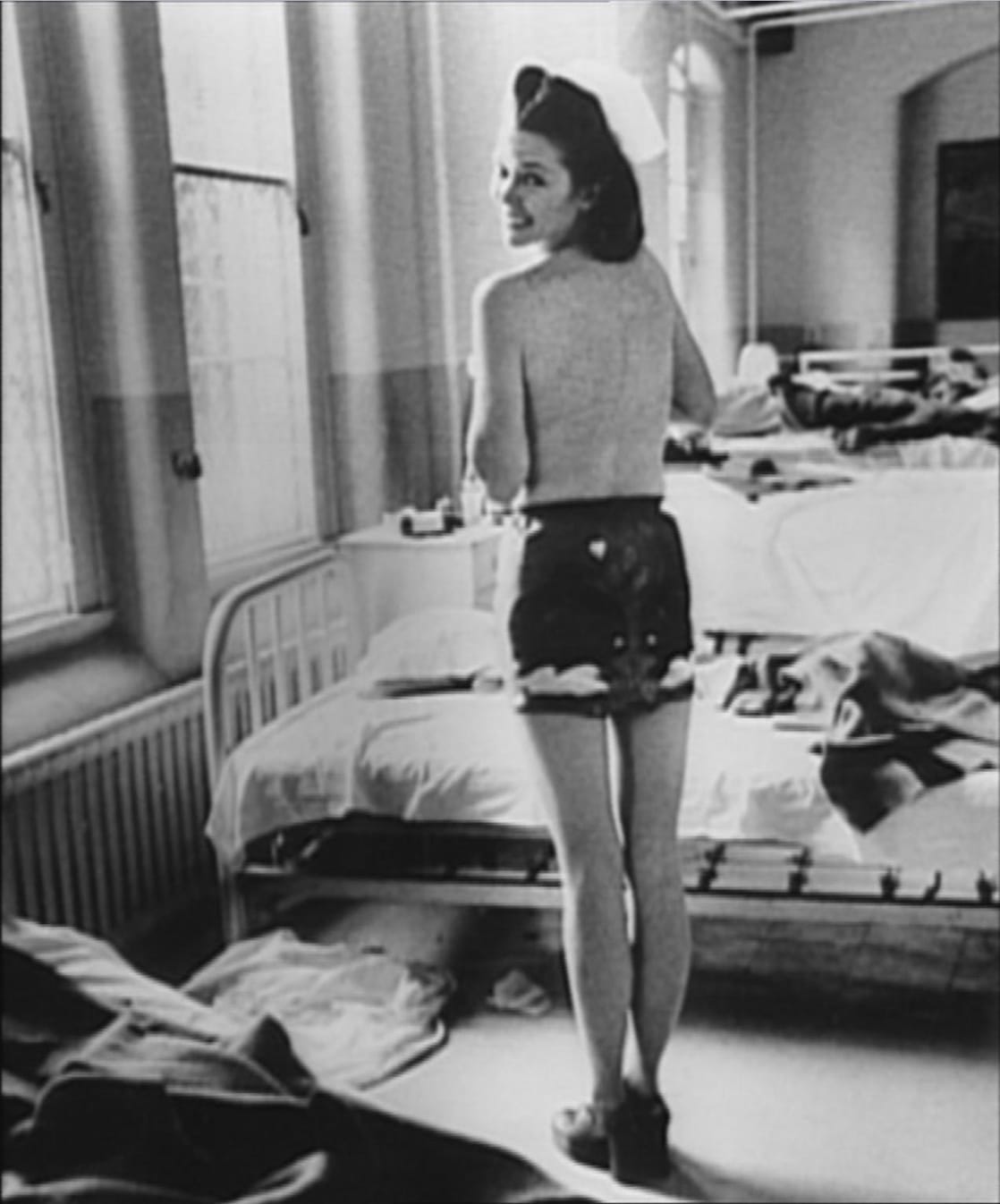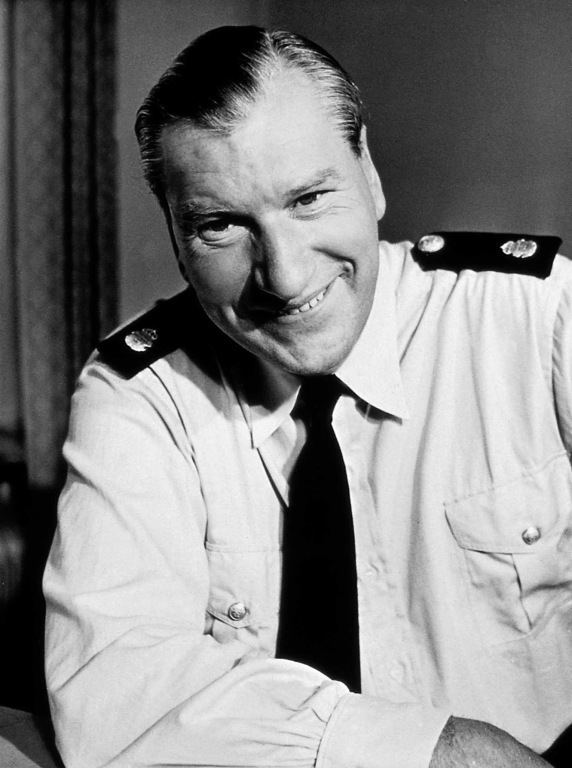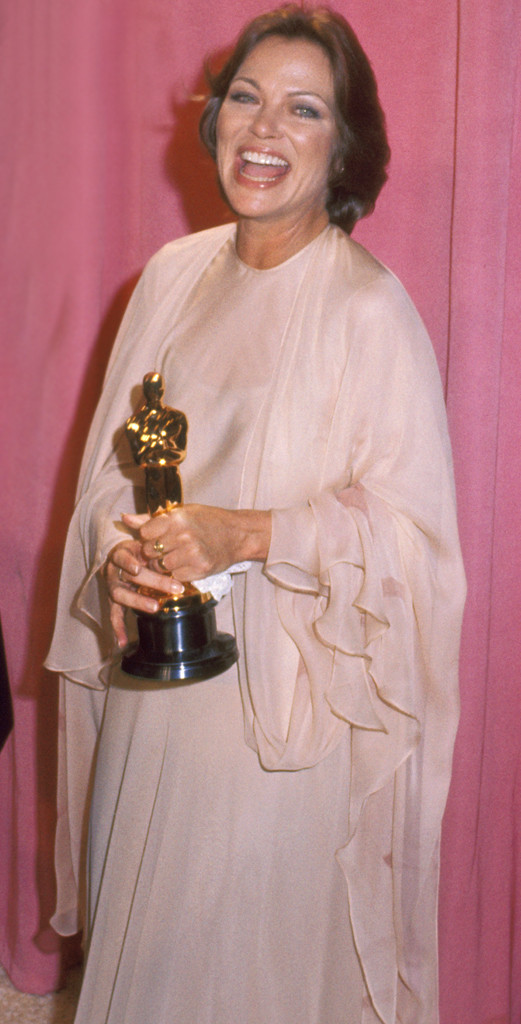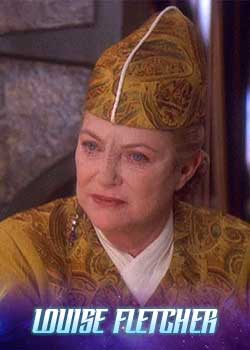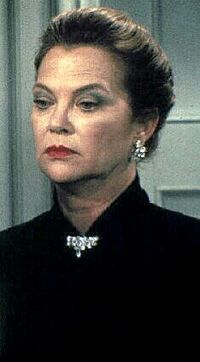Post by petrolino on May 10, 2020 2:40:54 GMT
Perhaps the scariest actress of all time, but really hot too. She was relatively old when she entered cinema, having concentrated upon theatre. She cavorted around the set of 'One Flew Over The Cuckoo's Nest' (1975) topless, wearing just a nurse's cap, stockings and french knickers ... while etching one of the scariest characterisations ever seen.

"Young Robert’s father was a Baptist minister in Arab, Alabama, a poor, primitive, fundamentalist place, and he used his deaf son frequently in his sermons around a circuit to illustrate the wrath and mercy of God. Young Robert said, “I couldn’t understand, but people in the congregations would cry and they told me I would hear l1when I went to heaven.” Of course, being a young deaf child in rural Alabama in the first decade of the 20th century was difficult for Robert, as the other children taunted him, with names like “dummy” and “frl5eak.” When he grew older, Robert went on to the State School For the Deaf in Talladega and later to Gallaudet College in Washington, D.C., where he fell in love with pretty Estelle Caldwell from Texas; they married in 1930. Then it was off to the Philadelphia Seminary for Episcopal clergy for the rest of Robert Caper Fletcher’s education as an Episcopal priest.
For 22 years, he was constantly on the road, preaching to deaf congregations in eight Southern states. He was the first person to open the US Senate in prayerp6 using sign language.
Estelle, who was also deaf, was innocent of the world and coped alone most of the time, getting Robert’s soiled laundry by mail. While there was never enough money, John and Estelle had hearing children and a kind of “the Lord will provide” philosophy. Their first child, John, was very colicky and cried all the time, but Robert and Estelle did not know what was wrong with him. At night, Estelle would fasten the baby’s diapers with a large safety pin so that when he kicked while crying, it would wake her up. Later they would figure out that children needed to be burped after feeding.
It was difficult for deaf parents to figure out if their child needed milk, love, food, or sleep. As John grew and his sisters, Louise, Roberta and Georgianna, came along, the girls greatly helped Estelle. Louise was always John’s special charge, Roberta mothered Georgianna. The children would pull and pull at their parents, finally realizing that they could not hear and gesturing for what they and others wanted.
On Roberta’s first day of school, she was so shy that she was sent home with a note to her father that she was deaf and should go to a special school. Robert and Estelle were determined to have their hearing children flourish in a hearing world. Since mostly sign language was used at home, there was not much opportunity for the children to develop speech and language. As educated deaf people, the parents knew that their children would not develop good speech unless they were exposed to it routinely. To ensure their speech and language development they sent each child, one at a time, to Estelle’s sister and other prosperous relatives in Bryan, Texas. Initially each child spent a year there, then later, they went for long summLers. Eventl3ually, they developed speech and became adjusted to the hearing world.
They idolized “Aunt Beezie” Long, Uncle George, and their mother’s father, swashbuckling John Seeley Caldwell. The children became adult “hearing models,” fluent in sign language.
Back home, nine months of the year, the children learned early about loneliness, separateness, responsibility and the needs of others. Only much later did they realize the toll that their long absences must have cost their parents. As they grew up, they were the ones who answered the phone and the knock on the door and interpreted for their parents.
John eventually became a minister and the president of a seminary; Roberta a teacher, and Georgianna a teacher of the deaf at Gallaudet University. Louise, however, became a famous actress, beginning in 1958 with roles in the television series Maverick and Lawman. Later she became a regular on Star Trek, while also appearing in movies. Her most famous role was Nurse Ratched in One Flew Over the Cockoo’s Nest , for which she won the 1976 Oscar for Best Supporting Actress. (Click on Nurse Ratched for a tribute to the ruthless character that she created.)"
For 22 years, he was constantly on the road, preaching to deaf congregations in eight Southern states. He was the first person to open the US Senate in prayerp6 using sign language.
Estelle, who was also deaf, was innocent of the world and coped alone most of the time, getting Robert’s soiled laundry by mail. While there was never enough money, John and Estelle had hearing children and a kind of “the Lord will provide” philosophy. Their first child, John, was very colicky and cried all the time, but Robert and Estelle did not know what was wrong with him. At night, Estelle would fasten the baby’s diapers with a large safety pin so that when he kicked while crying, it would wake her up. Later they would figure out that children needed to be burped after feeding.
It was difficult for deaf parents to figure out if their child needed milk, love, food, or sleep. As John grew and his sisters, Louise, Roberta and Georgianna, came along, the girls greatly helped Estelle. Louise was always John’s special charge, Roberta mothered Georgianna. The children would pull and pull at their parents, finally realizing that they could not hear and gesturing for what they and others wanted.
On Roberta’s first day of school, she was so shy that she was sent home with a note to her father that she was deaf and should go to a special school. Robert and Estelle were determined to have their hearing children flourish in a hearing world. Since mostly sign language was used at home, there was not much opportunity for the children to develop speech and language. As educated deaf people, the parents knew that their children would not develop good speech unless they were exposed to it routinely. To ensure their speech and language development they sent each child, one at a time, to Estelle’s sister and other prosperous relatives in Bryan, Texas. Initially each child spent a year there, then later, they went for long summLers. Eventl3ually, they developed speech and became adjusted to the hearing world.
They idolized “Aunt Beezie” Long, Uncle George, and their mother’s father, swashbuckling John Seeley Caldwell. The children became adult “hearing models,” fluent in sign language.
Back home, nine months of the year, the children learned early about loneliness, separateness, responsibility and the needs of others. Only much later did they realize the toll that their long absences must have cost their parents. As they grew up, they were the ones who answered the phone and the knock on the door and interpreted for their parents.
John eventually became a minister and the president of a seminary; Roberta a teacher, and Georgianna a teacher of the deaf at Gallaudet University. Louise, however, became a famous actress, beginning in 1958 with roles in the television series Maverick and Lawman. Later she became a regular on Star Trek, while also appearing in movies. Her most famous role was Nurse Ratched in One Flew Over the Cockoo’s Nest , for which she won the 1976 Oscar for Best Supporting Actress. (Click on Nurse Ratched for a tribute to the ruthless character that she created.)"
- Robert Traynor, Hearing Health Matters
Louise Fletcher
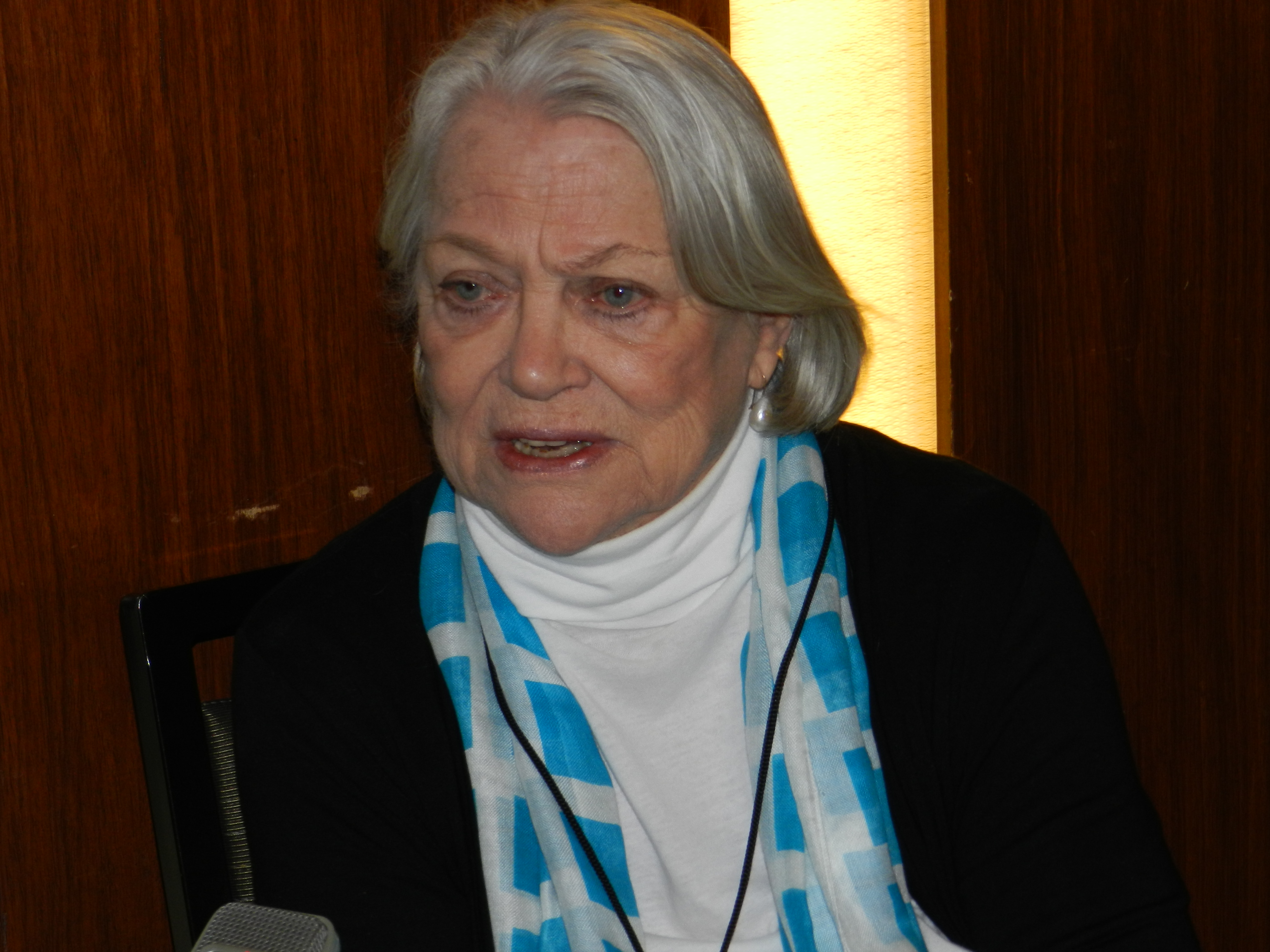
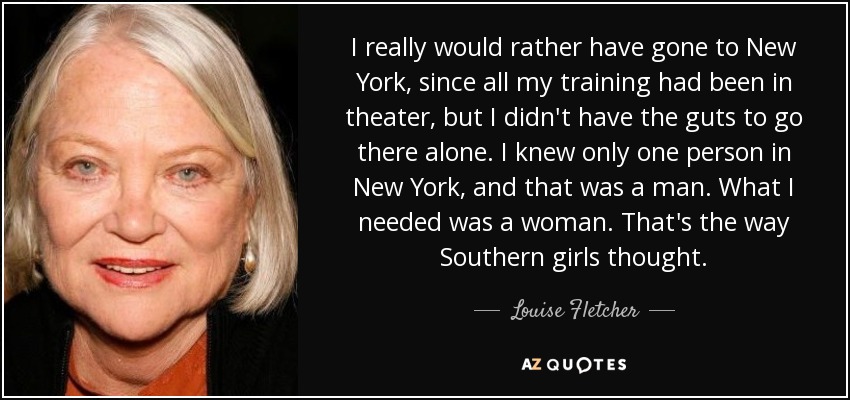





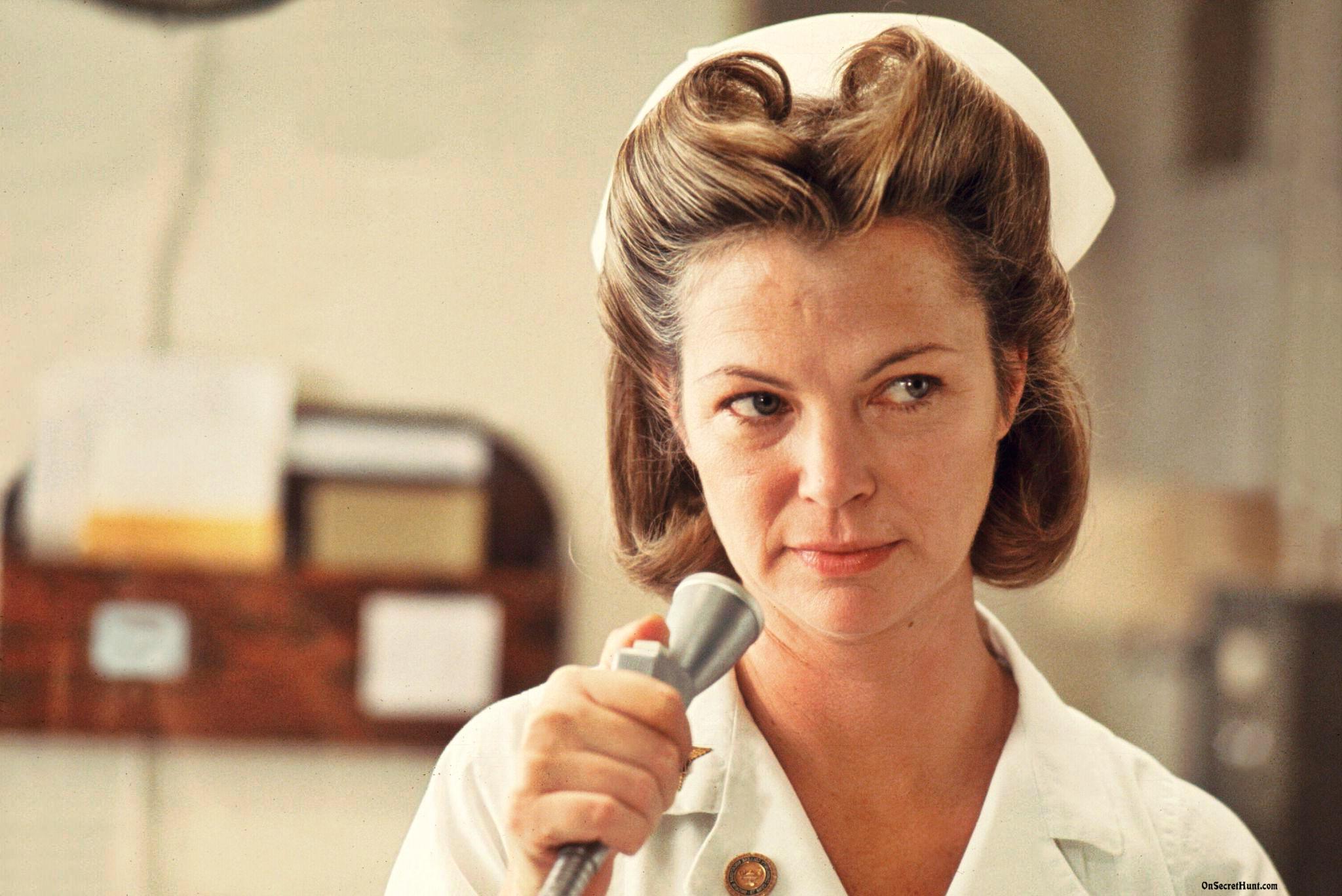

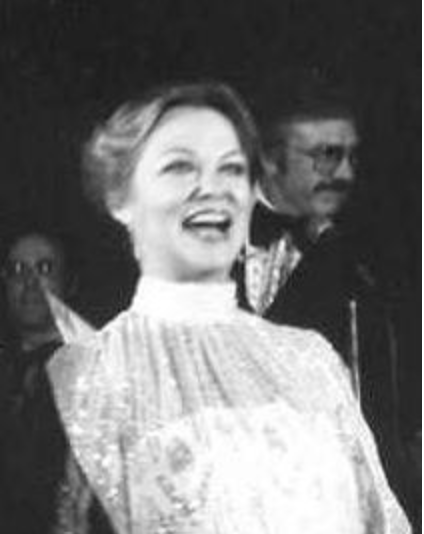

 ROTFWL!
ROTFWL! 
